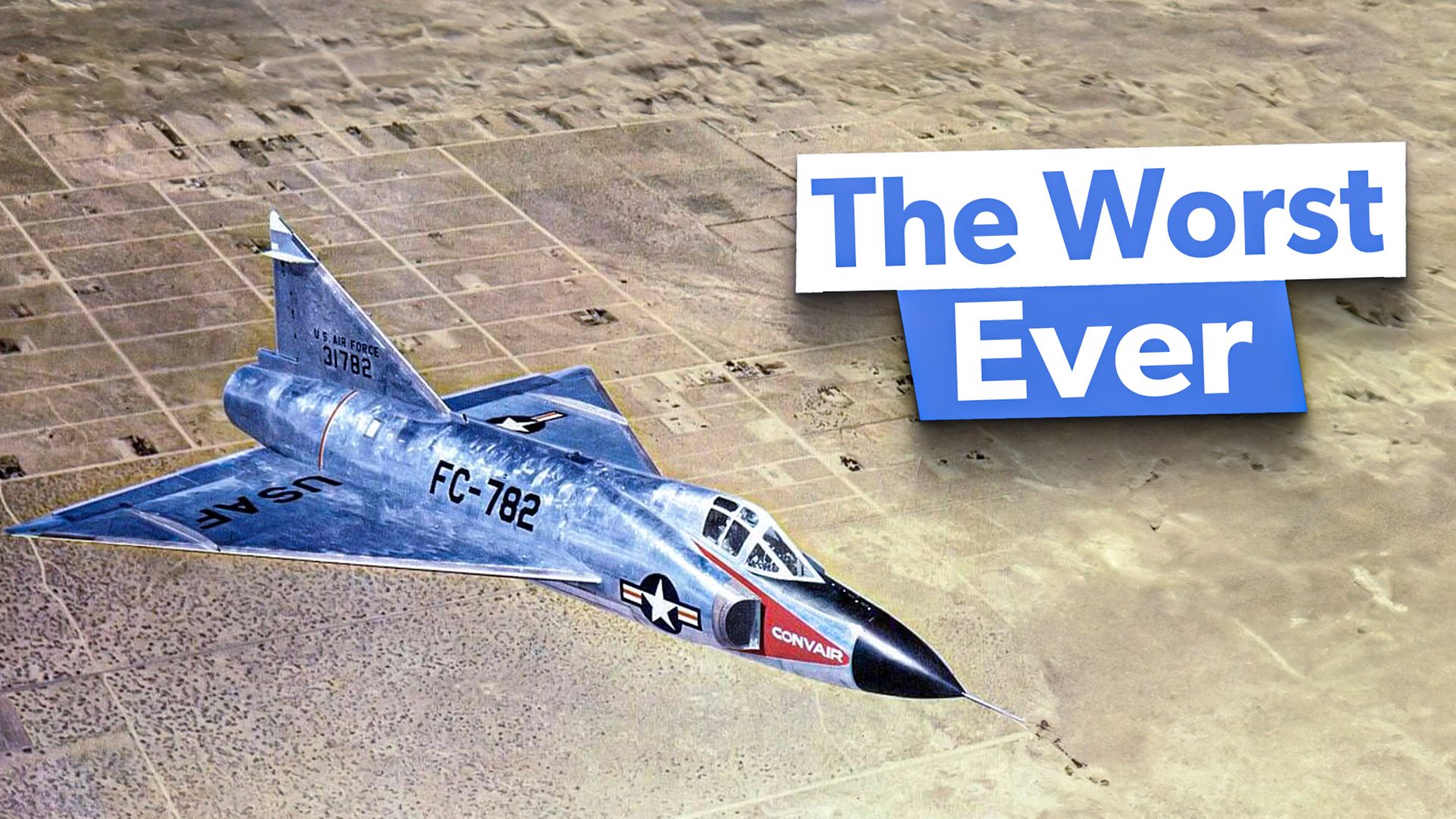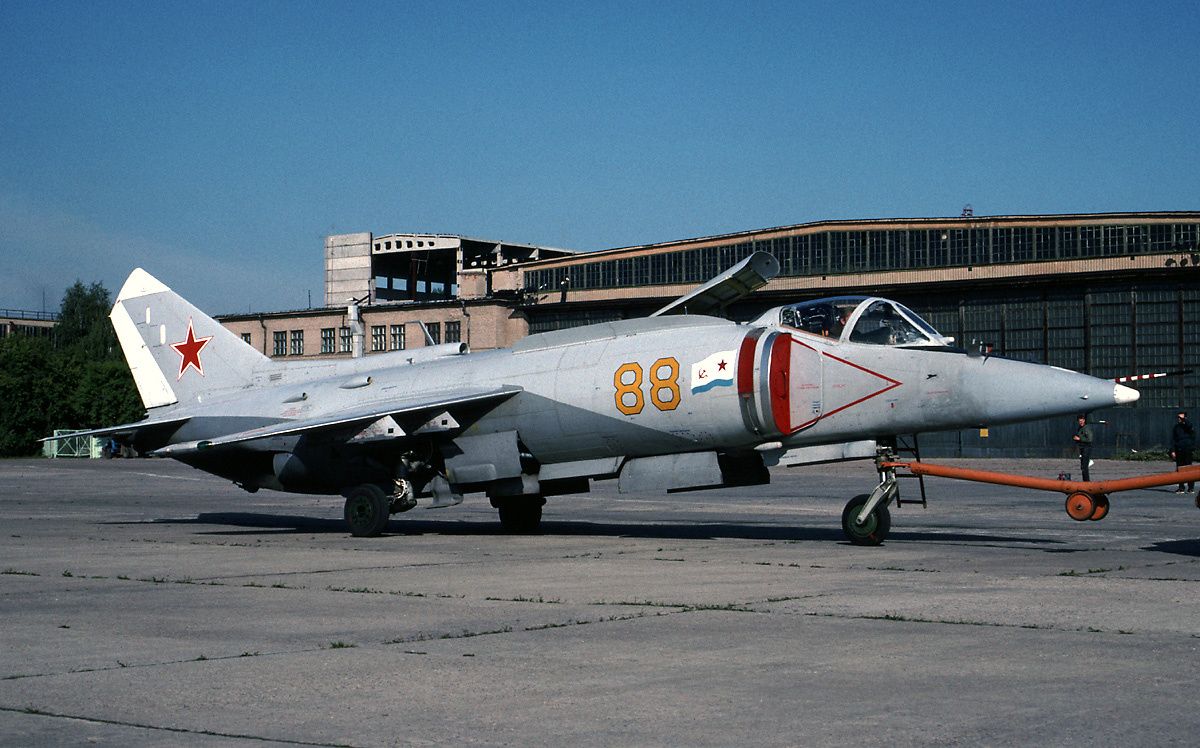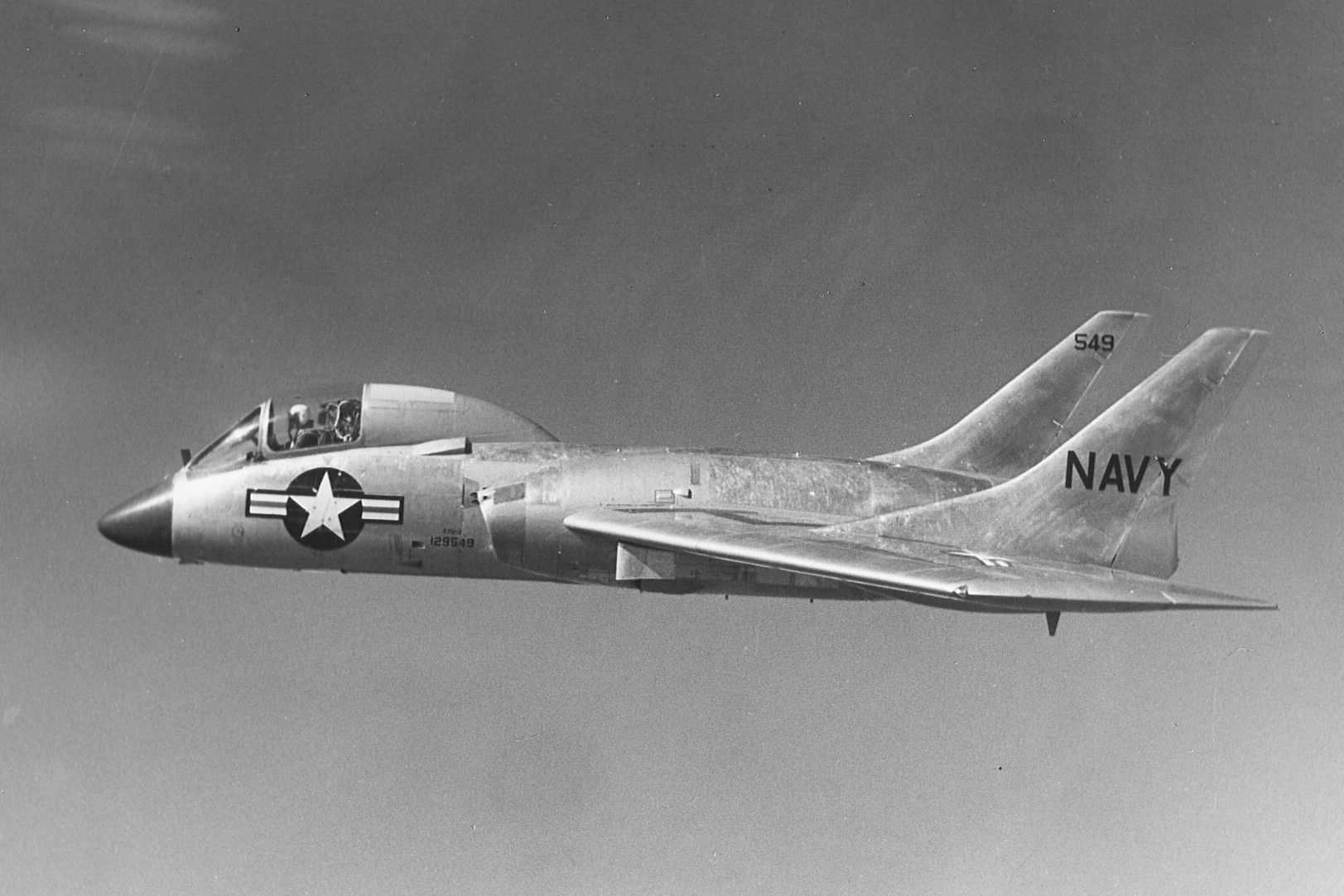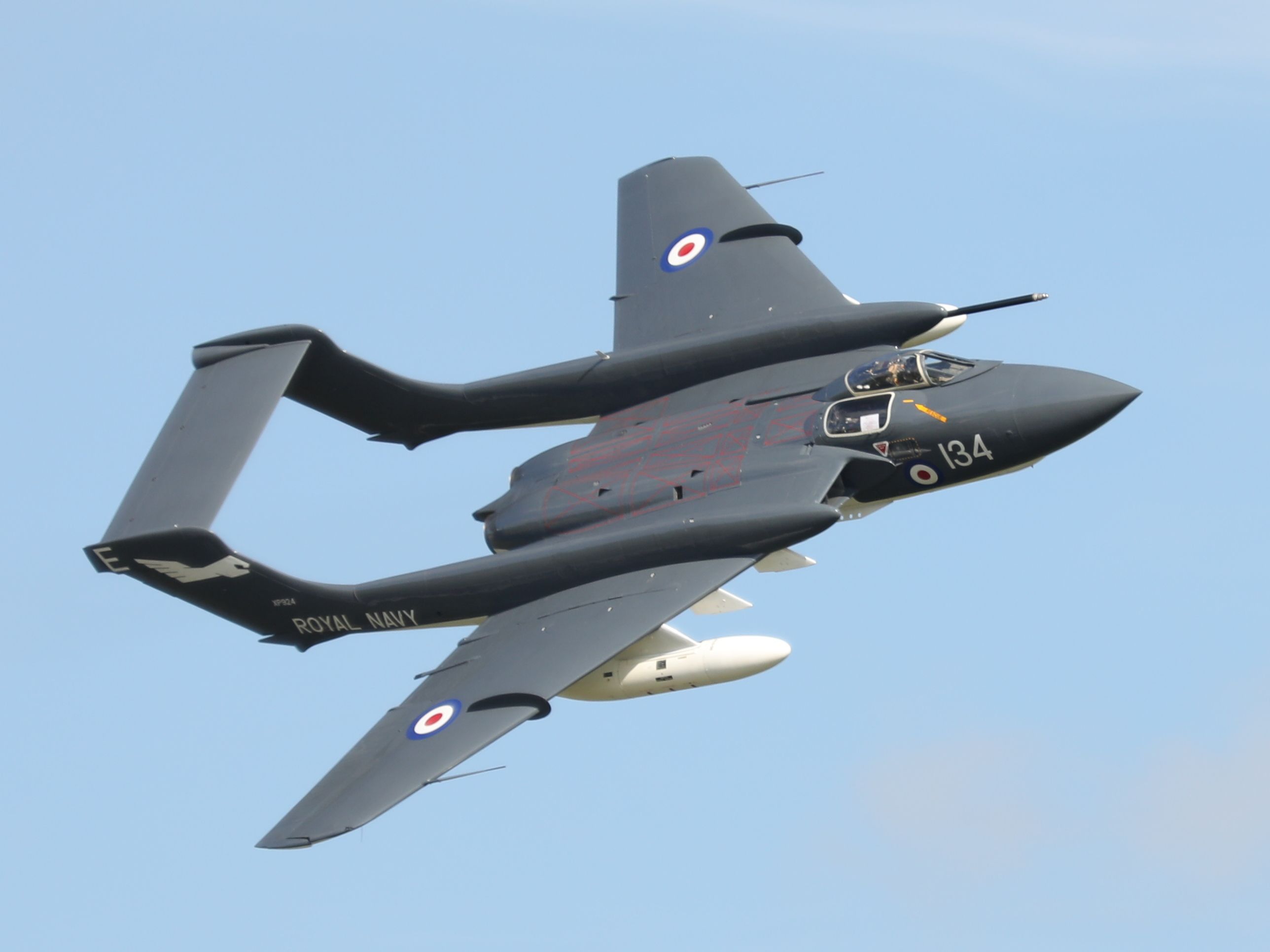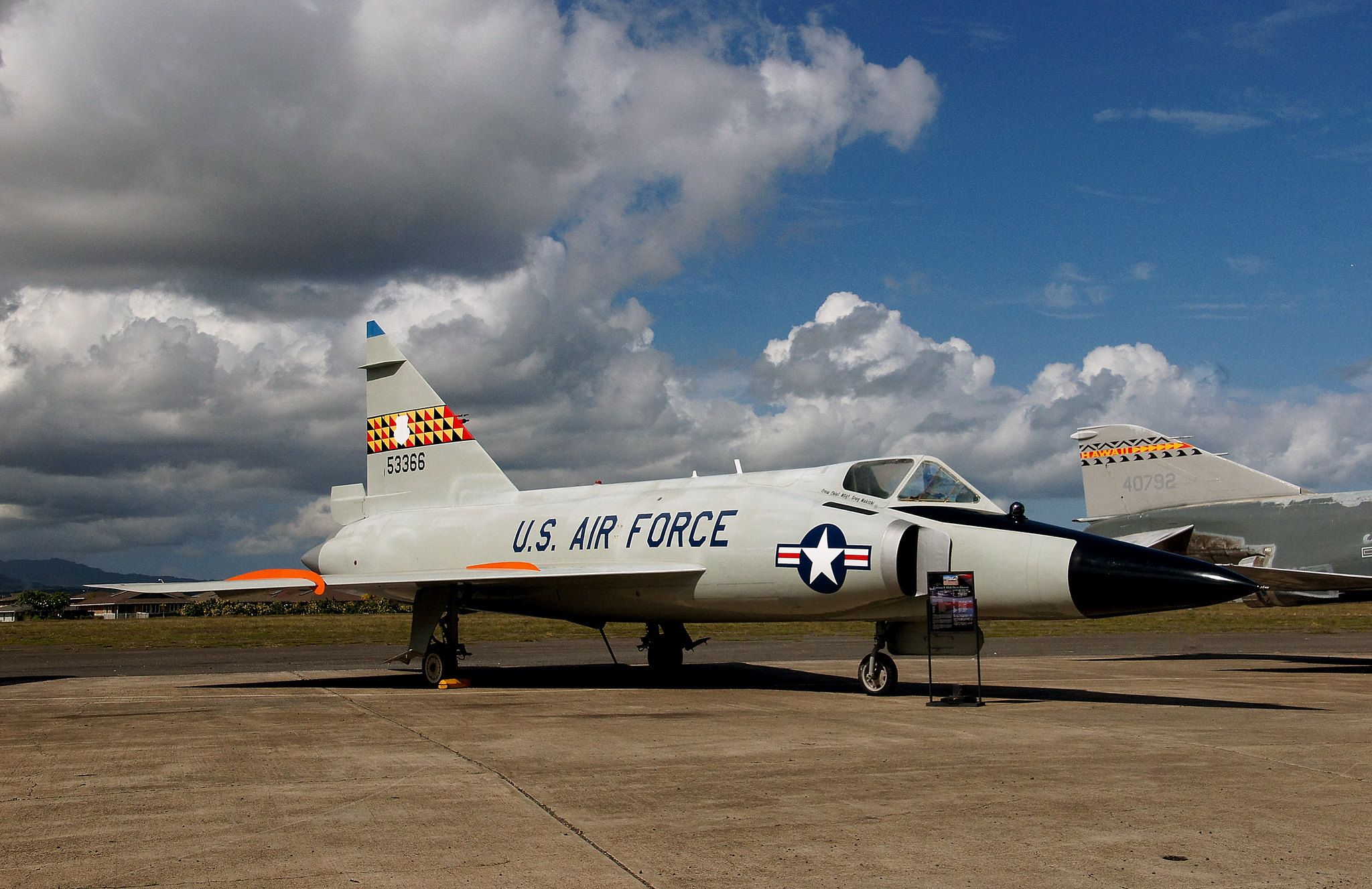Summary
- Yakovlev Yak-38 had design flaws with lift fans leading to control issues and desert conditions failures.
- Heinkel He 162 failed due to rush in design, poor flight, production quality, metal scarcity.
- Vought F7U Cutlass lacked powerful engines, faced maintenance issues, short service life due to crashes.
Combat aircraft are draining to be fast, efficient, and robust enough to successfully complete the missions. While many combat-capable aircraft achieve the designed goals, some are met with failure. Whether it is design, operational performance, or pure circumstance (timing, technology advancement, etc.), some planes inevitably fail. This article explores some of the worst military planes that were proven unsuccessful for a variety of reasons.
1
Yakovlev Yak-38
Soviet Union aircraft
- Length: 16.37 m (53 ft 8 in)
- Wingspan: 7.32 m (24 ft 0 in)
- Height: 4.25 m (13 ft 11 in)
- Max takeoff weight: 11,300 kg (24,912 lb)
- Powerplant: 1 × Tumansky R-28 V-300 Vectored-thrust turbofan engine, 66.7 kN (15,000 lbf) thrust for lift and cruise thrust
- Powerplant: 2 × Rybinsk (RKBM) RD-38 turbojet engines, 31.9 kN (7,200 lbf) thrust each
- Maximum speed: 1,280 km/h (800 mph, 690 kn)
- Range: 100 km (62 mi, 54 NM)
The Yakovlev Yak-38 is one such aircraft that saw a variety of design and operational failures during its lifetime. Designed by the Yakovlev bureau of the Soviet Union in the late 1960s, the rear thrust engine became one of its major flaws. The Vertical Takeoff and Landing (VTOL) aircraft was equipped with two lift turbofans. That made the jet extremely difficult to control.
Notably, the lift fans are sensitive to dust and prone to failure, particularly in desert conditions. As highlighted by Slashgear, if either one of the lift fans failed, the aircraft would spin out of control and crash. With a significantly short range of 54 NM (100 km), the aircraft only featured four hard points. While it was the only operational strike fighter for the Soviet Naval Aviation, it was abandoned after the fall of the Soviet Union.
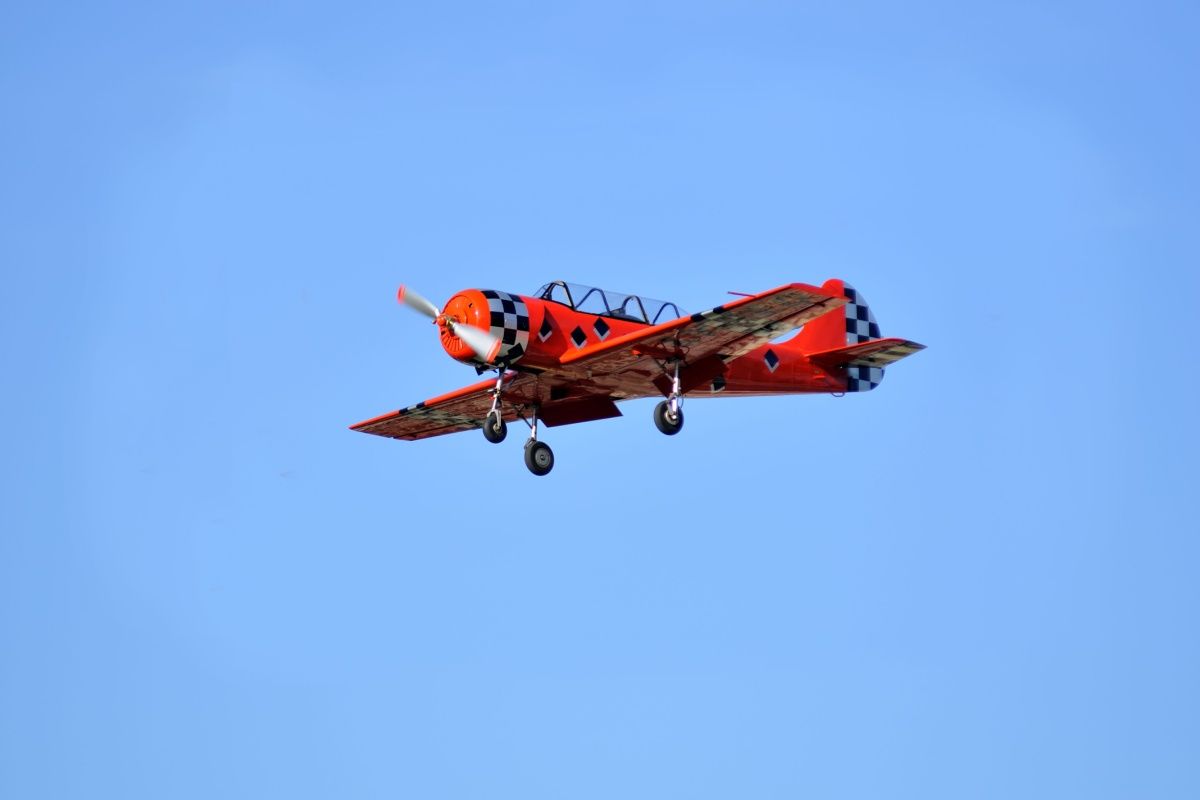
Related
Spanish Pilot “Coco” Rey Killed As 2 Yakolev Yak-52 Collide Midair At Portuguese Air Show
One Yak-52 crashes, and another makes an emergency landing following a fatal midair collision.
2
Heinkel He 162
Primarily made from wood
- Length: 9.05 m (29 ft 8 in)
- Wingspan: 7.2 m (23 ft 7 in)
- Height: 2.6 m (8 ft 6 in)
- Max takeoff weight: 2,800 kg (6,173 lb)
- Powerplant: 1 × BMW 109-003E-1 or BMW 109-003E-2 turbojet engine, 7.85 kN (1,760 lbf) thrust
- Maximum speed: 840 km/h (520 mph, 450 kn) at 6,000 m (20,000 ft)
- Range: 975 km (606 mi, 526 NM)
While Germany had produced some of the best combat aircraft during the Second World War, some of its designs, such as the Heinkel He 162, during the tail end of the war failed. Also known as the Volksjäger or Peoples Fighter, the He 162 was hastily designed, primarily of wood because metals were expensive and in a very short supply.
The Nazis were struggling to keep their war economy going and hence rushed into creating a new fighter. The design took just over two months to complete and received very minimal testing. While already flying poorly, it was pushed into production. The manufacturer produced 300 units and delivered them for the war, but the type could not make an impact. As the Nazi Germany collapsed, so did Heinkel He 162’s fate.
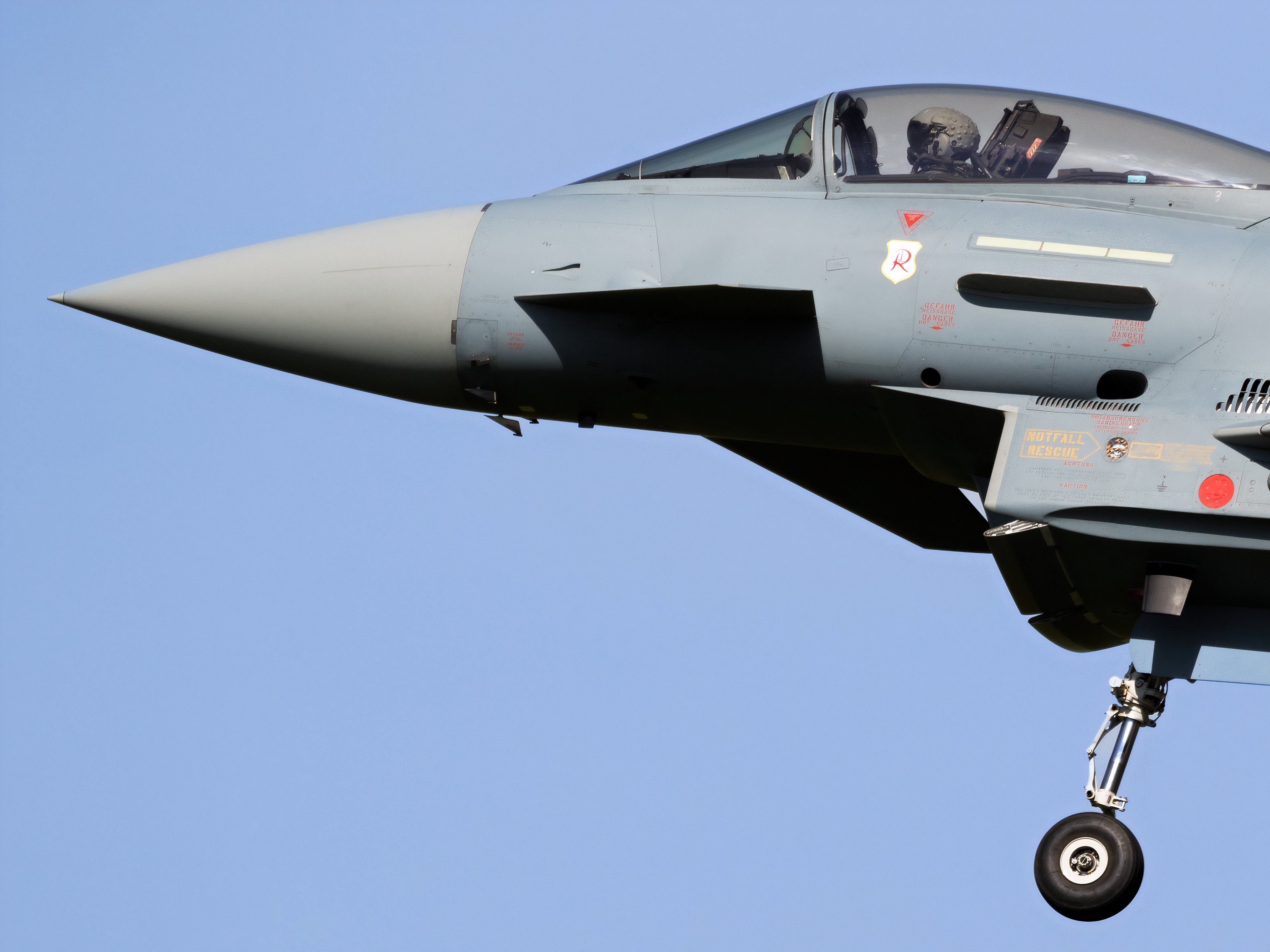
Related
Police Investigate Drone Strike Which Damaged German Air Force Eurofighter
A drone strike in Germany can become a teachable moment for the world’s drone operators.
3
Vought F7U Cutlass
Service life: Less than eight years
- Length: 41 ft 3.5 in (12.586 m)
- Wingspan: 39 ft 8 in (12.1 m) * Span wings folded: 22.3 ft (6.80 m)
- Height: 14 ft 0 in (4.27 m)
- Max takeoff weight: 31,643 lb (14,353 kg)
- Powerplant: 2 × Westinghouse J46-WE-8B after-burning turbojet engines, 4,600 lbf (20 kN) thrust each dry, 6,000 lbf (27 kN) with afterburner
- Maximum speed: 606 kn (697 mph, 1,122 km/h) at sea level with Military power + afterburner
- Combat range: 800 nmi (920 mi, 1,500 km)
This US-based jet fighter and bomber was designed to operate from US Navy carriers in the mid-1940s. The first tailless production aircraft entered service with the Navy in July 1951. The swept-wing tailless design was more an experiment than an established design and, hence, was marred with problems. While the design gave the aircraft impressive agility, new and unproven systems limited its performance.
The underpowered engines were also a major flaw, leading pilots to struggle for power during missions. Maintenance issues with the complex systems resulted in way too many crashes. Most pilots stayed away from the aircraft, impacting its service life. While decades of service from the Cutlass was aimed, the aircraft’s career ended in 1959, just under eight years after its introduction.
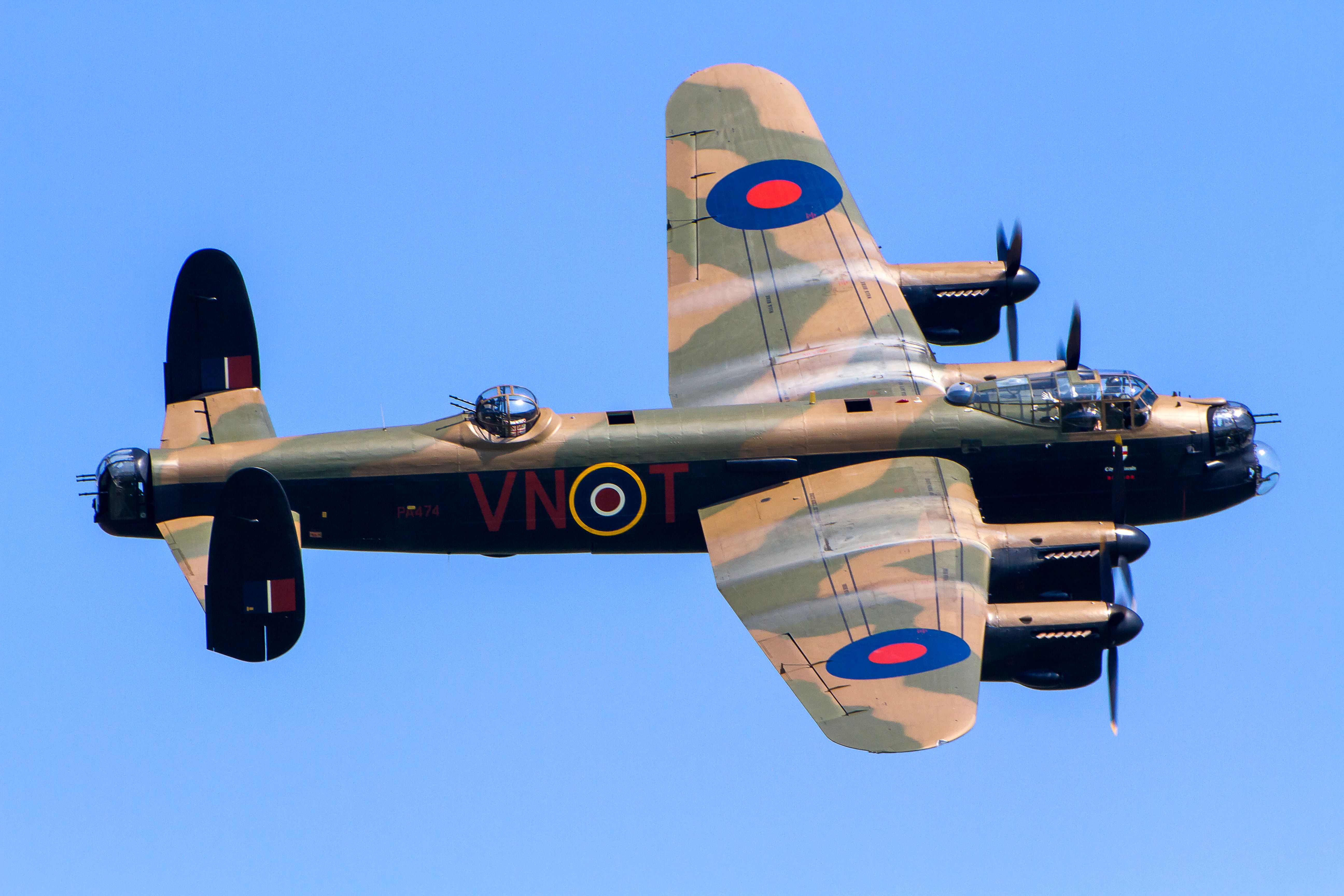
Related
The 5 Greatest Allied Second World War Bombers
A number of UK and US built bombers stand out for important service and high production numbers.
4
de Havilland Sea Vixen
Service life: 12 years
- Length: 55 ft 7 in (16.94 m)
- Wingspan: 51 ft 0 in (15.54 m)
- Height: 10 ft 9 in (3.28 m)
- Max takeoff weight: 46,750 lb (21,205 kg)
- Powerplant: 2 × Rolls-Royce Avon 208 turbojet engines, 11,000 lbf (49 kN) thrust each
- Maximum speed: Mach 0.91 (690 mph, 1,110 km/h, 600 kn)
- Range: 790 mi (1,270 km, 690 NM) on internals
The DH.110 Sea Vixen is a twin-boom tail aircraft designed and developed by de Havilland Aircraft Company in the late 1940s. The aircraft performed its first flight in September 1951 and got off to a devastating start during the Farnborough Air Show in 1951, when the prototype disintegrated mid-air, killing the pilot and 31 spectators.
The Royal Navy operated 145 examples of the Sea Vixen as one of their carrier-based aircraft. Of the total, 55 aircraft were lost in accidents. The two-seater capacity also meant that two pilots lost their lives in each accident. While not taking part in any true wars, none was lost in combat. It remains one of the worst military jets produced in the United Kingdom.

Related
Wooden Wonder: The Story Of The De Havilland DH.98 ‘Mosquito’
The Mosquito performed daylight bombing raids over German-occupied Europe.
5
Convair F-102 Delta Dagger
Number built: 1,000
- Length: 68 ft 4 in (20.83 m)
- Wingspan: 38 ft 1 in (11.61 m)
- Height: 21 ft 2.5 in (6.464 m)
- Max takeoff weight: 31,500 lb (14,288 kg)
- Powerplant: 1 × Pratt & Whitney J57-P-25 afterburning turbojet engine, 11,700 lbf (52 kN) thrust dry, 17,000 lbf (76 kN) with afterburner
- Maximum speed: 825 mph (1,328 km/h, 717 kn) at 40,000 ft (12,192 m)
- Maximum speed: Mach 1.25, Mach 0.95 with drop tanks
- Range: 1,350 mi (2,170 km, 1,170 NM)
The F-102 was the first operational supersonic delta-wing fighter and supersonic interceptor aircraft for the United States Air Force (USAF). Designed and developed by Convair in the early 1950s, the aircraft performed its first flight in October 1953 and entered service in April 1956. Convair built more than 1,000 examples of the F-102.
The “supersonic” jet struggled to reach Mach 1 cruise speeds due to the enormous effects of wave drag. The fuselage was redesigned to address the drag problem. While that resolved the speed issue, other structural and stability problems arose. The F-102 had one of the worst safety ratings in military aviation. Of the 1,000 units built, 259 were lost to in-flight accidents, causing the deaths of 70 pilots.
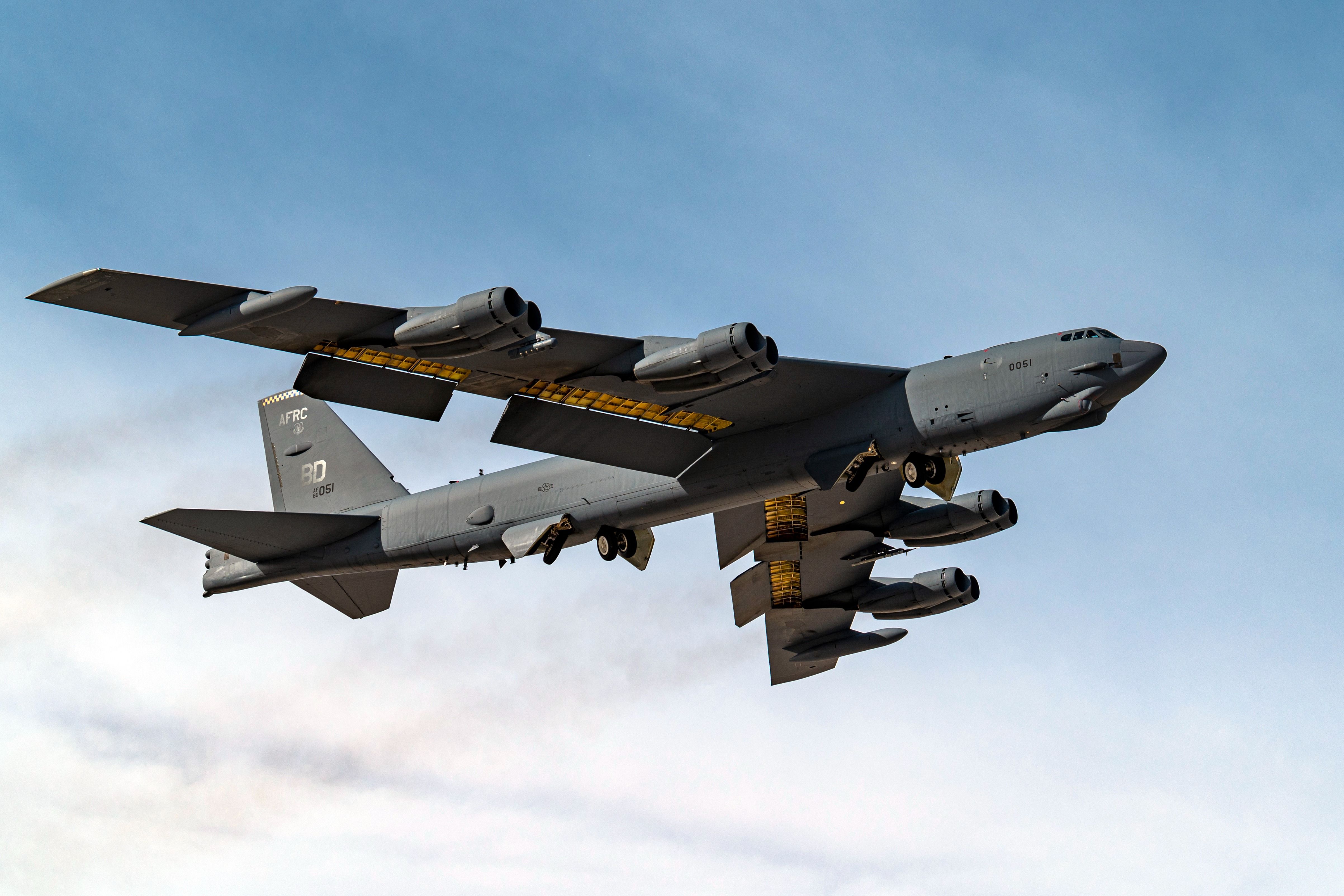
Related
How Many B-52 Bombers Are In The USAF Today?
After fitting its Boeing B-52s with new Rolls-Royce engines, the USAF expects the plane to remain in service until 2050.
What are your thoughts on the worst military planes? Did we miss anything that you would like to see? Share your opinion in the comments section.

